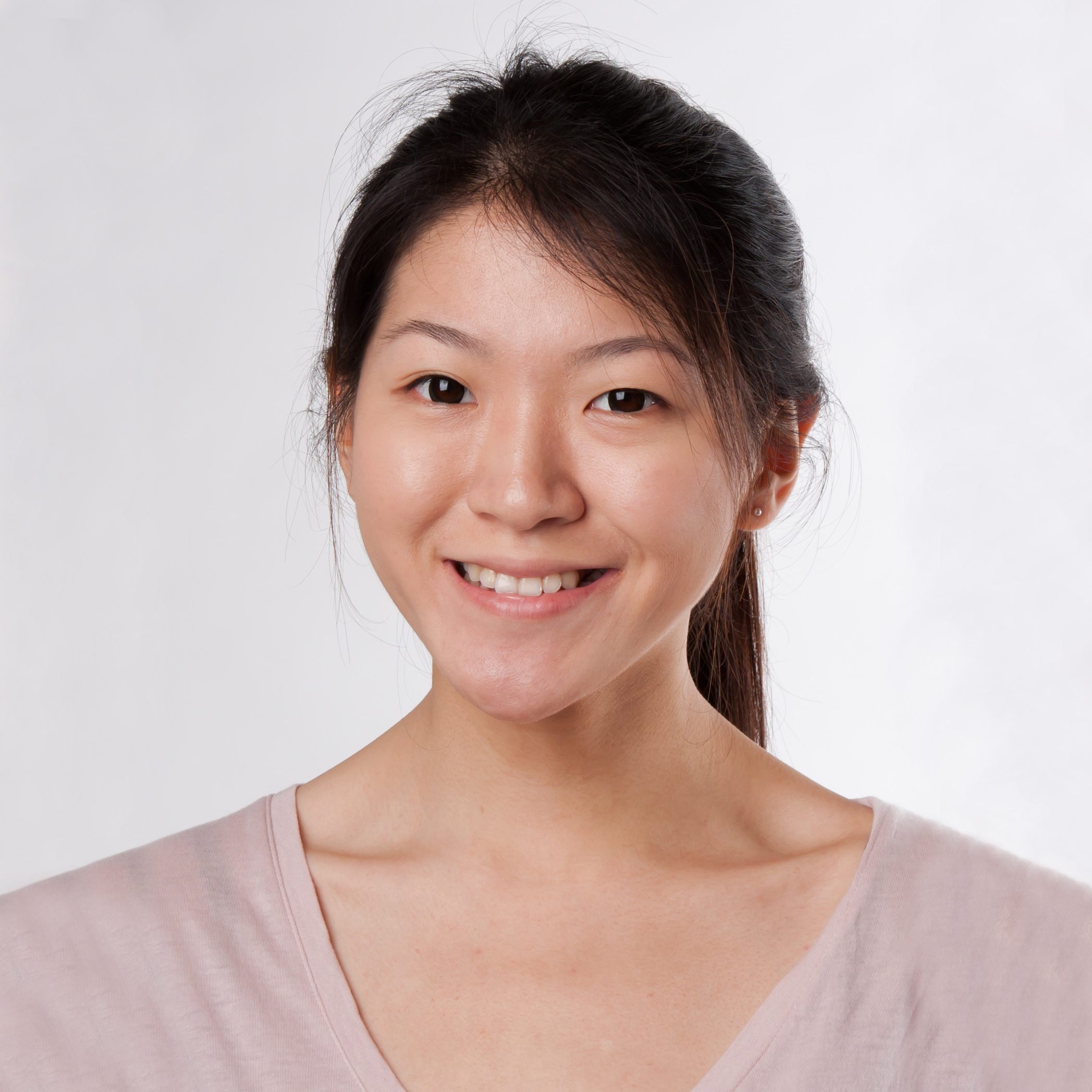
Danqing Wang
PhD Candidate
Department of Applied Physics
Harvard University
Danqing Wang’s research focuses on light-matter interaction in nanophotonic structures. Her research effort has been in understanding the limitations to lasing in optical microcavity devices through FDTD simulations, nano-fabrication, and optical measurements. Danqing joined Harvard University as a PhD student in 2012 under the supervision of Professor Evelyn Hu. She is expected to receive her PhD in Applied Physics from Harvard in early 2019. She received a SM in Applied Physics from Harvard in 2015 and a BA in Physics and Mathematics (double major) from Cornell University in 2011. She also worked at the Data Storage Institute, Agency for Science, Technology and Research (A*STAR) Singapore, on the optimization of optical antenna for solar cells from 2011 to 2012.
Ultra-Low-Threshold InGaN/GaN Quantum Dot Micro-ring Lasers
GaN microcavities with embedded optical emitters have long been sought after as visible light sources and platforms for cavity quantum electrodynamics experiments. In my latest work, we demonstrate ultra-low-threshold, optically pumped, roomtemperature lasing in GaN micro-ring cavities containing InGaN quantum dots (QDs) and fragmented quantum wells (fQWs) as the gain medium, with the lowest measured threshold at a record low of 6.2 μJ/cm2. Our micro-ring lasers with increasing inner diameter holes show systematically lower values of lasing threshold. This decrease is a result of the reduction in pump volume, as much of the fQW material is removed. Although the micro-ring geometry does not compromise the quality factor (Q) of the high-quality whispering gallery modes (WGMs), there is a reduction of Q in higherorder modes for micro-rings with larger inner diameters. This results in increased photon loss, γ, producing a systematic decrease in the post-threshold lasing slope efficiency with increased material removal from the center of the disk. A careful analysis using FDTD simulations attributes the increased γ to the loss of photons from lower-quality higherorder modes, which are not correlated with emission from the QDs that ultimately produce lasing in our devices. The heterogeneous nature of our gain material, a combination of QDs and fQWs, together with the varying cavity geometries, give us a detailed picture of the interactions between cavity modes and the microstructure of the gain material. These observations are important when considering which optimal nitride gain medium and cavity geometry to use to achieve lower lasing threshold device design.